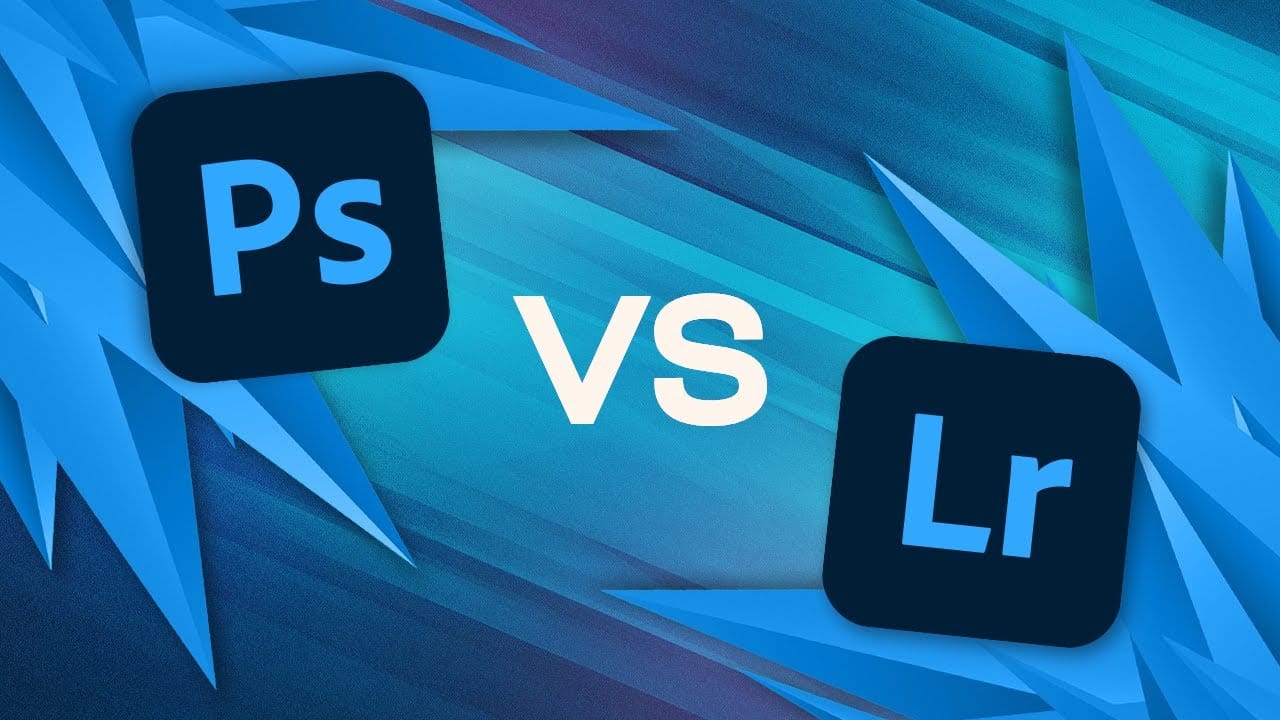In the comparison of Photoshop and Lightroom, it's essential to understand their distinct functions and benefits. Both programs are powerful tools for photo editing, but they cater to different needs and workflows.
Photoshop is often preferred for detailed image manipulation and graphic design. It offers a wide range of advanced features that allow for intricate edits, such as retouching, layering, and adding effects. If you need to adjust specific elements within a photo or create composite images, Photoshop is the go-to choice.
On the other hand, Lightroom excels in photo organization and batch processing. It is designed for photographers who want to manage large collections of photos efficiently, apply presets, and make global adjustments. For anyone focused on enhancing photographs with ease, Lightroom provides a user-friendly environment.
Choosing between the two comes down to your specific requirements in photo editing.












